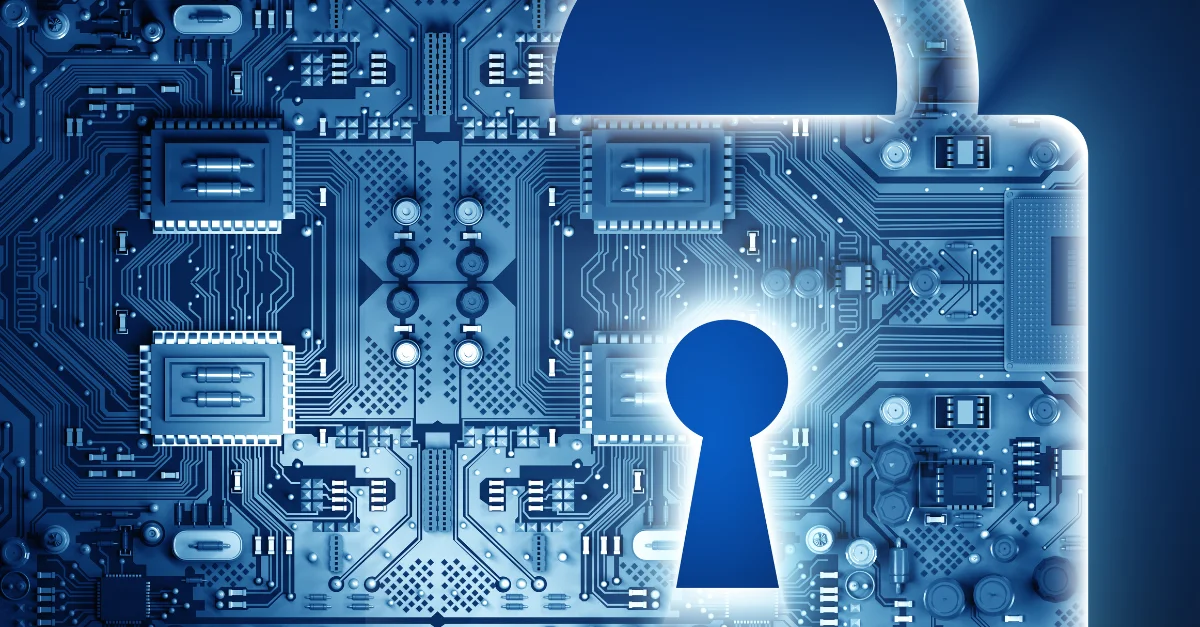In today’s rapidly evolving digital landscape, traditional security models are no longer enough to protect against the growing number of sophisticated cyber threats. That’s why the Zero Trust Security Model is becoming essential for organizations across industries.
What is Zero Trust?
The Zero Trust model operates on the principle of “never trust, always verify.” Unlike traditional perimeter-based security approaches that focus on defending the outer walls of the network, Zero Trust assumes that every user, device, or application—whether inside or outside the network—could be compromised. It requires continuous authentication, monitoring, and validation before granting access to resources.
Why Zero Trust is Critical in Today’s Environment
- Remote Work and Cloud Adoption: The increase in remote work and reliance on cloud environments has expanded attack surfaces, making it more difficult to trust internal and external traffic. Zero Trust provides an additional layer of protection to secure data regardless of where it resides.
- Minimizing Insider Threats: The Zero Trust model helps to limit access to sensitive data based on strict user permissions. It ensures that users and devices only have access to what they need, reducing the risk of both external and insider threats.
- Evolving Threats: Cybercriminals are becoming more adept at bypassing traditional defenses. By adopting Zero Trust, organizations ensure that even if a breach occurs, attackers can’t move laterally across the network and escalate privileges.
- Regulatory Compliance: Zero Trust helps organizations meet regulatory standards, such as GDPR or HIPAA, by ensuring that data access is tightly controlled and auditable.
Implementing Zero Trust
The shift to Zero Trust involves several key components:
- Identity and Access Management (IAM): Ensuring strong authentication and granular access controls.
- Micro-Segmentation: Dividing the network into smaller segments to limit lateral movement.
- Continuous Monitoring: Regularly verifying user and device activity to detect anomalies in real time.
Incorporating Zero Trust into your security strategy is not just about technology—it’s about shifting the mindset to prioritize security at every level, from network access to data protection.
Ready to adopt Zero Trust?
Now is the time to reconsider how you protect your organization and implement a robust, adaptable security strategy. Zero Trust may be the key to defending against modern cyber threats.
#ZeroTrust #Cybersecurity #InformationSecurity #DigitalTransformation #CyberDefense #DataProtection #IAM #RemoteWorkSecurity #CloudSecurity
